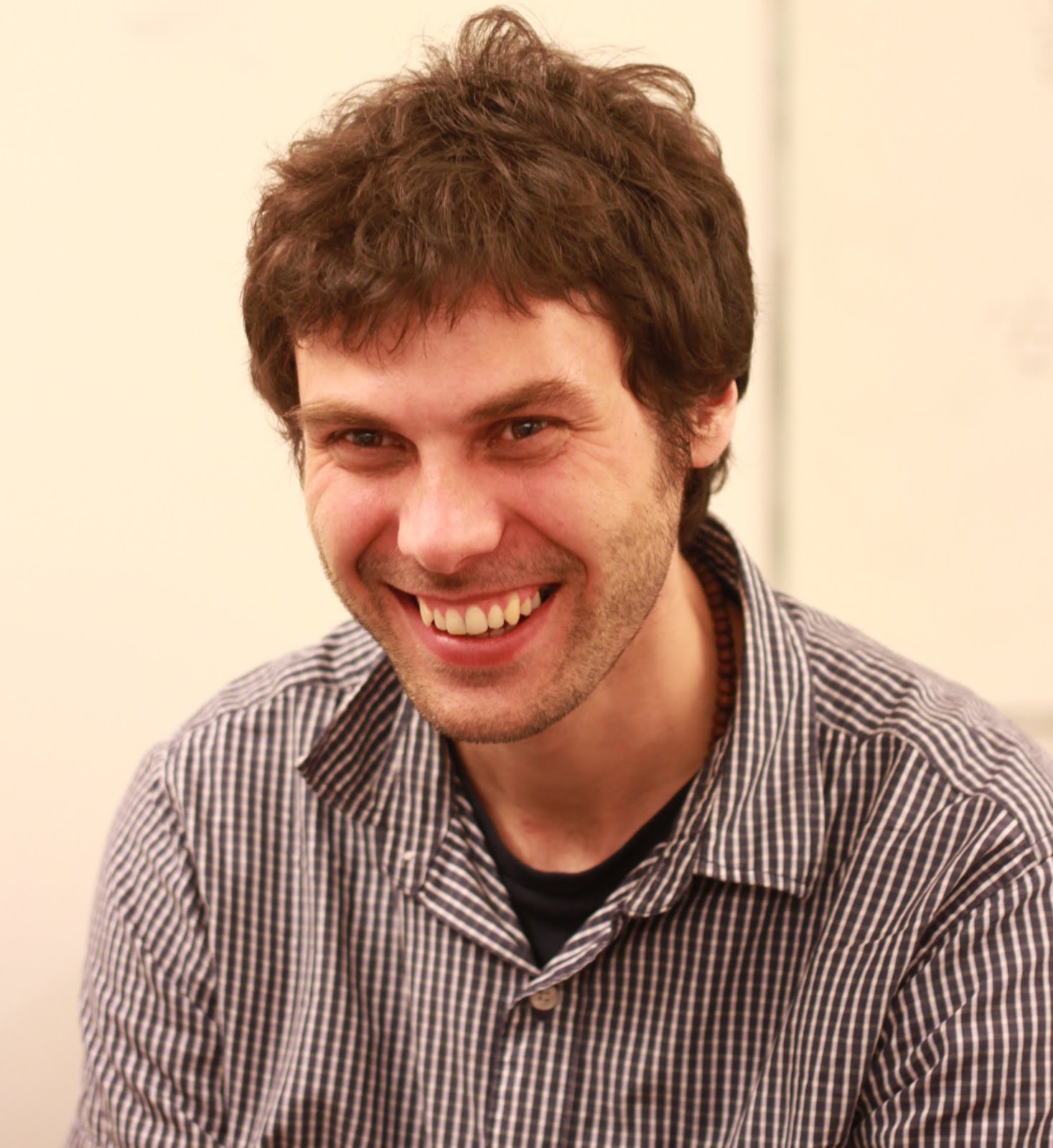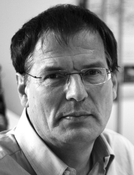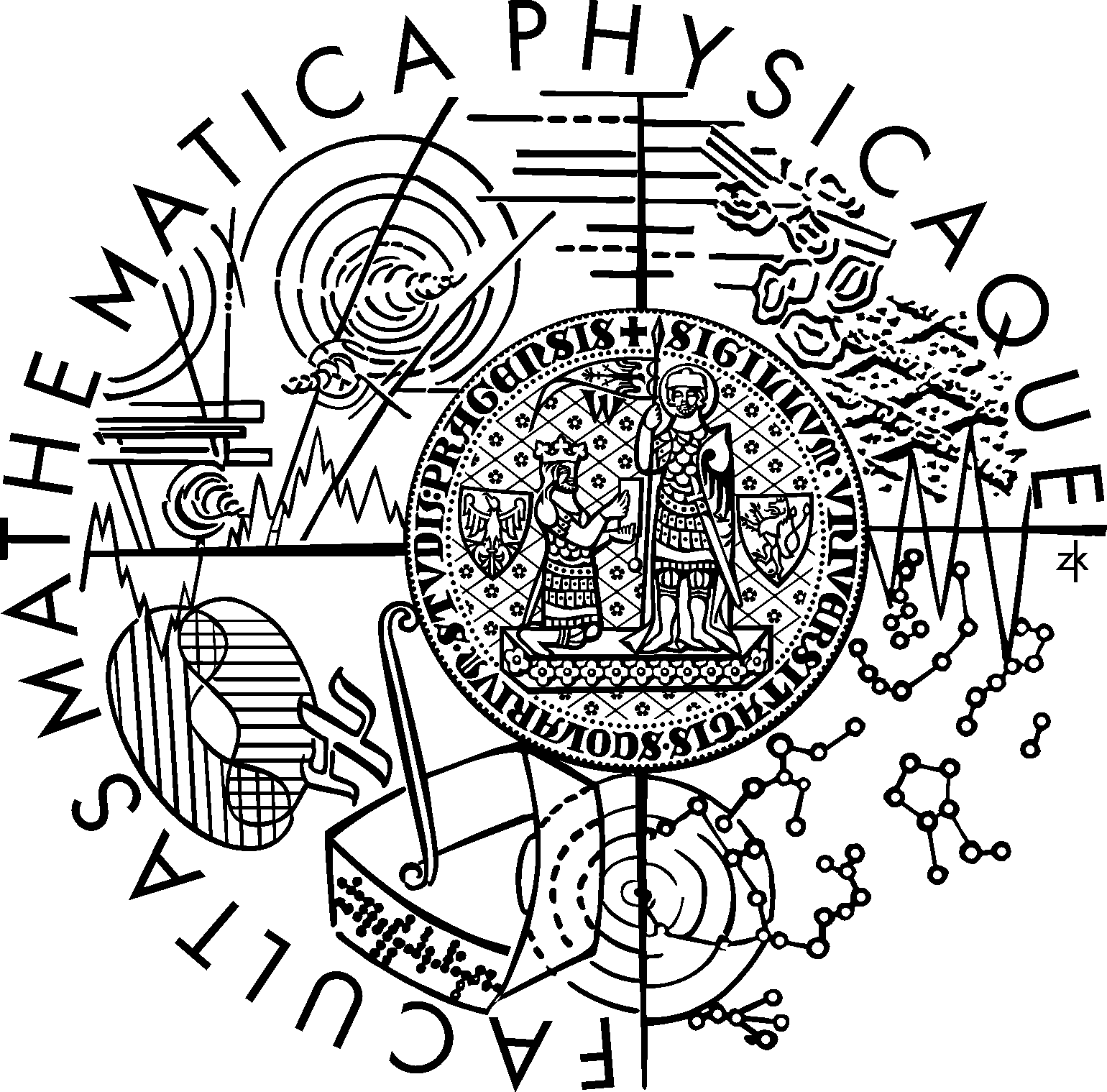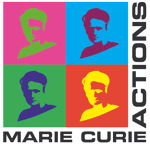High Visual Computing 2015
The second meeting of the Czech and Slovak computer graphics and computer vision people in the mountains. The event will take place on 3. - 6.2.2015 in Tatra mountains in a nice pension:
http://www.penzion-zora.sk/ (see the map).
There will be many outdoor activities possible during the day and fruitful talks, discussions and socializing in the afternoons and evenings. The expected price is around 90 EUR per person (3 nights, 3x half board, ski rental discounts). Please let us know if you are interested to attend the event (please provide also your talk proposal).
Programme:
3.2.2015 Tuesday:
- 10:00 - 17:00
- optional socializing outdoors
- 18:00
- dinner
- 19:00
- welcome
- 19:10
- invited talk 1: Josef Šivic, INRIA, Paris: From paintings to neural networks: learning image representations for visual recognition
- 20:00 - 20:50
- talks 1 - 2:
- Štěpán Kment: Virtual production
- Ondra Karlík: Corona Renderer: It's all about usability
- 20:50 - 21:50
- posters 1 - 2:
- Jan Brejcha, Martin Čadík: Robustness of Visual Localization Methods
- Michal Hradiš: Local Rank Differences-Novel Features for Image Processing
- 21:50 - 02:00
- socializing indoors
4.2.2015 Wednesday:
- 8:00 - 10:00
- breakfast
- 10:00 - 17:00
- socializing outdoors
- 17:00 - 18:15
- talks 3 - 5:
- Marek Vinkler: Construction of Acceleration Data Structures for Ray Tracing
- Alexander Wilkie: Taking Hero Wavelength Spectral Sampling to the Next Level
- Yulia Gryaditskaya: Capturing High Dynamic Range Video on a Mobile Device with Dynamic Allocation of Exposures
- 18:15 - 19:10
- dinner
- 19:10 - 20:00
- invited talk 2: Karol Myszkowski, MPII, Saarbrücken, Germany: Perceptual Modelling for Stereoscopic 3D
- 20:00 - 20:50
- talks 6 - 7:
- Jiří Vorba: On-line Learning of Parametric Mixture Models for Light Transport Simulation
- Michal Lukáč: Bent out of Shape: Example-based Shape Optimization by Shape Context Splatting
- 22:00 - 02:00
- socializing indoors
5.2.2014 Thursday:
- 8:00 - 10:00
- breakfast
- 10:00 - 17:00
- socializing outdoors
- 17:00 - 18:15
- talks 8 - 10:
- Ladislav Kavan: Fast Simulation of Mass-Spring Systems
- Jan Schier: Image processing for fluorescence microscopy
- Vlastislav Dohnal: MDPV -- Metric Distance Permutation Vocabulary
- 18:15 - 19:10
- dinner
- 19:10 - 20:25
- talks 11 - 13:
- Michal Hradiš: Practical insights into deep convolutional networks
- Jiří Hladuvka: How to early detect osteoarthritis?
- 20:25 - 02:00
- socializing indoors
Invited Speakers:
Speaker 1: Josef Sivic, INRIA, Département d'Informatique de l'Ecole Normale Supérieure, Paris, France

Josef Sivic received a degree from the Czech Technical University, Prague, in 2002 and PhD from the University of Oxford in 2006. His thesis dealing with efficient visual search of images and videos was awarded the British Machine Vision Association 2007 Sullivan Thesis Prize and was short listed for the British Computer Society 2007 Distinguished Dissertation Award. His research interests include visual search and object recognition applied to large image and video collections. After spending six months as a postdoctoral researcher in the Computer Science and Artificial Intelligence Laboratory at the Massachusetts Institute of Technology, he currently holds a permanent position as an INRIA researcher at the Departement d'Informatique, Ecole Normale Superieure, Paris. He has published over 40 scientific publications and serves as an Associate Editor for the International Journal of Computer Vision. He has been awarded an ERC Starting grant in 2013.
From paintings to neural networks: learning image representations for visual recognition
Visual recognition is an important problem with applications in robot perception, visual search of public archives, security, autonomous driving, or organizing personal and professional photo collections. Visual recognition is hard as the imaged appearance of an object, person or scene can change drastically due to viewpoint, illumination, depiction style, intra-class variation or the dynamic nature of the scene. In this talk I will describe our recent work on learning mid-level image representations for visual recognition that address these challenges.
First, I will show how to summarize an entire architectural site by a set of scene parts learnt in a discriminative fashion from rendered views of its 3D model and will demonstrate recognizing 3D scene instances in challenging historical and non-photographic imagery, such as paintings and drawings, where standard local invariant features fail.
Second, I will describe our work on learning and transferring mid-level image representations using convolutional neural networks. We have developed a network architecture that learns from cluttered images with only weak image-level labels without the need for detailed object bounding box annotations. The proposed model achieves state-of-the-art single network result on the Pascal VOC image classification challenge.
The talk is based on recent papers with M. Aubry, L. Bottou, A. Efros, I. Laptev, D. Maturana, M. Oquab and B. Russell.Speaker 2: Karol Myszkowski, MPII, Max-Planck-Institut für Informatik, Saarbrücken, Germany

Karol Myszkowski is a senior researcher in the Computer Graphics Group of the Max-Planck-Institut für Informatik. In the past, he served as an Associate Professor at the University of Aizu, Japan. He also worked as a Research Associate and then Assistant Professor at Szczecin University of Technology. His research interests include perception issues in graphics, high-dynamic range imaging, global illumination, rendering, and animation.
Perceptual Modelling for Stereoscopic 3D
Stereoscopic display technology – after waves of popularity in the 1950s and 1980s – has recently gained renewed attention. It is present in feature film, has been adapted by the gaming industry and found its way into scientific visualization. However, the possible range and variation of depth in the image are limited by viewing comfort considerations. Unfortunate interactions between technological and biological aspects create new problems, which are unknown for real-world observation conditions. For this reason, the assumption of physically valid reproduction of surrounding us world, which for decades had driven efforts in realistic rendering, must be revisited and adapted to the constraints imposed by 3D display technology.
In this talk, we are aiming at the exploitation of perceptual effects to enhance quality of stereo 3D experience. In particular, we discuss the issues of perceived depth enhancement in stereovision, interactions between the disparity and other pictorial depth cues, as well as possible consequences of disparity manipulation on the motion perception. We move then to the problem of comfortable handling of specular effects, film grain, and video cuts. By drawing the analogy to tone mapping in high dynamic range imaging, we present techniques for realistic reproduction of 3D night (scotopic) scenes in daylight (photopic) conditions. Finally, we address the problem of perception-driven depth compression for image based rendering applications.
Important Dates:
- Deadline for talk proposals: 30th November, 2014
- Meeting: 3-6th February, 2015
Venue:
Programme and Organization Committee:
Martin Čadík, Martin Ilčík, Jaroslav Křivánek
Duties: scientific program, selection of beer and everything else.







